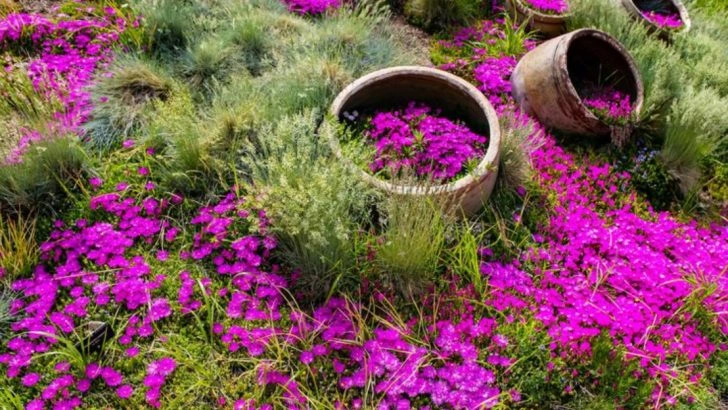Drought doesn’t ask politely. It cracks soil, wilts dreams, and dares your garden to survive without mercy—or water. But some plants don’t just endure the dry heat. They thrive in it. These aren’t your pampered, hose-happy divas. These are the tough ones. The sun-soaked, root-deep, never-complain types. The ones that keep their color when the rest of the garden gives up. Whether your hose has gone missing or the skies just refuse to help, these ten green survivors stay bold, blooming, and bizarrely cheerful—no rain required.
Lavender
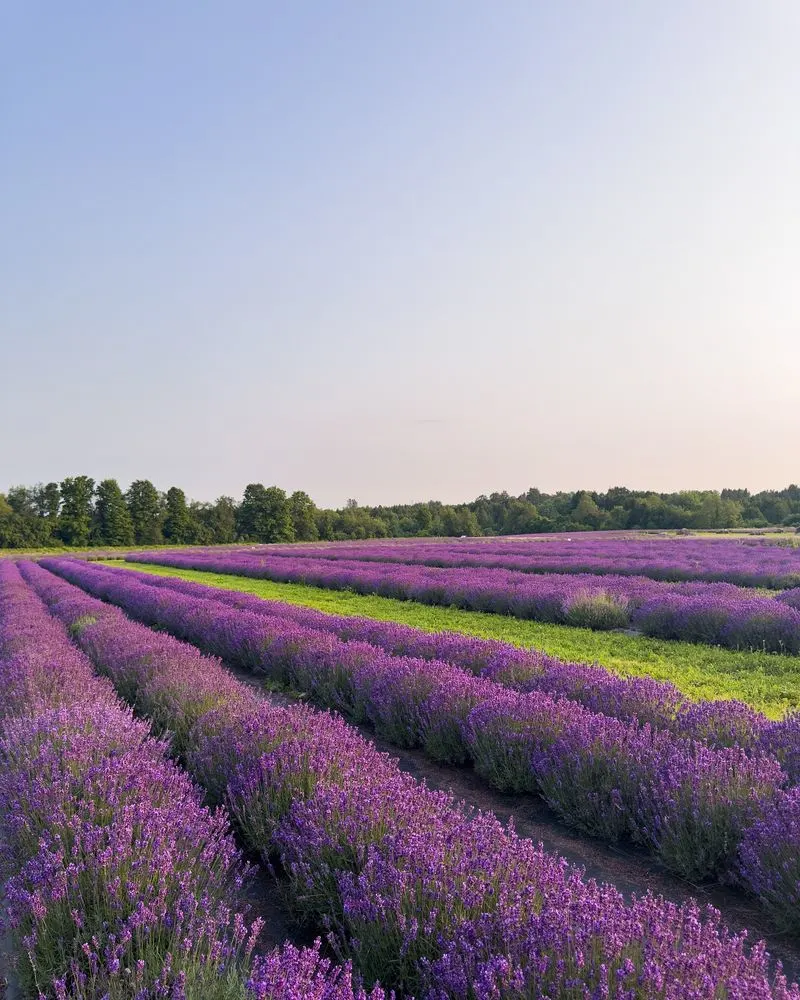
With an aroma that delights the senses, lavender is not just visually appealing but also incredibly hardy. Its origin traces back to the Mediterranean, where it flourishes in rocky terrains. This plant’s oil is a staple in aromatherapy, known for its calming properties.
Lavender’s ability to withstand dry summers while adding a touch of elegance to any garden makes it a favorite among gardeners. Did you know ancient Romans used lavender to scent their baths? Its versatility extends beyond beauty, serving as a natural pest repellent, making it invaluable in gardens.
Agave
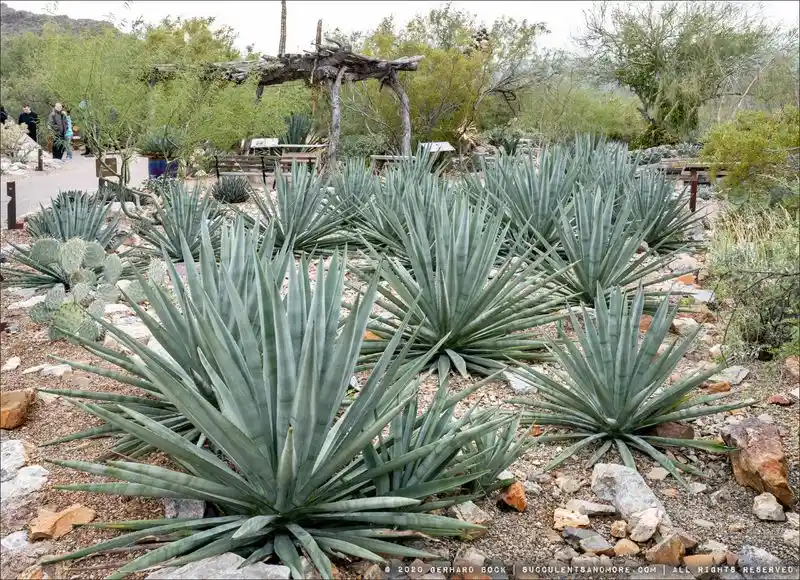
Agave stands as a testament to nature’s ingenuity in conserving water. With its thick leaves and sharp spines, agave thrives in some of the driest climates on earth. This plant’s architectural beauty adds a bold statement to landscapes.
Historically, agave has been used to produce tequila, showcasing its versatility beyond ornamental use. Its ability to store water in its leaves makes it a champion of dry gardens. Agave’s resilience and unique appearance make it a staple in xeriscaping, a landscaping method that reduces or eliminates the need for irrigation.
Coneflower
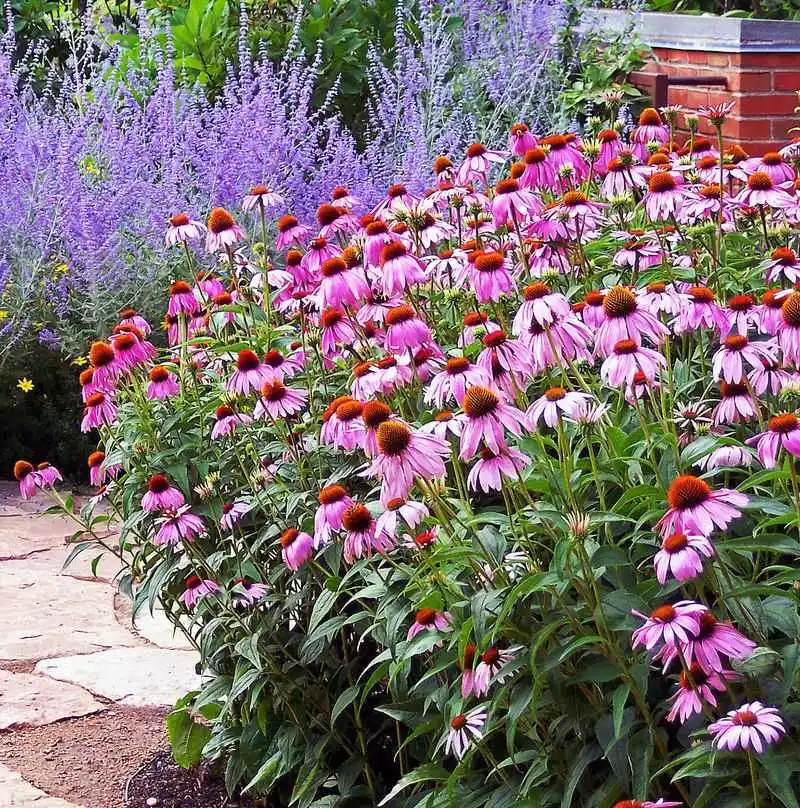
Coneflowers bring a splash of color to any dry summer garden. Their bright petals and central cones are not only attractive to human eyes but also to pollinators like bees and butterflies. Native to North America, coneflowers are well-adapted to hot and dry conditions.
These hardy perennials require minimal care, making them an ideal choice for busy gardeners. Besides their beauty, coneflowers are known for their medicinal properties, often used to boost immune systems. “Echinacea,” as they are scientifically known, have been used in traditional medicine for centuries.
Sedum

Sedum, with its thick, fleshy leaves, is a master of drought resistance. Often called stonecrop, this plant can thrive in the most inhospitable of environments, including rock gardens and rooftop gardens.
Its star-shaped flowers come in various colors, offering visual interest throughout the year. Sedum’s low-maintenance nature makes it a favorite for those who prefer a hands-off approach to gardening. Its ability to store water in its leaves ensures survival during dry spells, making it an essential addition to a drought-resistant garden.
Yarrow

Known for its feathery leaves and clusters of small flowers, yarrow is a plant of resilience. It thrives on neglect and poor soil, making it perfect for arid environments. Originating from Europe, it has spread across many continents due to its adaptability.
Yarrow is more than just a garden plant; its flowers have been used in traditional medicine for their anti-inflammatory properties. This plant’s ability to thrive in dry, sunny spots makes it a reliable choice for those seeking low-maintenance beauty in their gardens.
Thyme

Thyme is a culinary delight and a hardy garden companion. Its small leaves pack a punch of flavor, often used in Mediterranean dishes. Beyond the kitchen, thyme’s creeping habit makes it an excellent ground cover for dry and rocky gardens.
This herb thrives in sunny, dry spots, requiring little water to flourish. Thyme’s history is rich, with ancient Greeks using it in baths for its fragrant properties. Its versatility in the garden and kitchen, coupled with its drought resistance, makes thyme a must-have for any sustainable garden.
Russian Sage
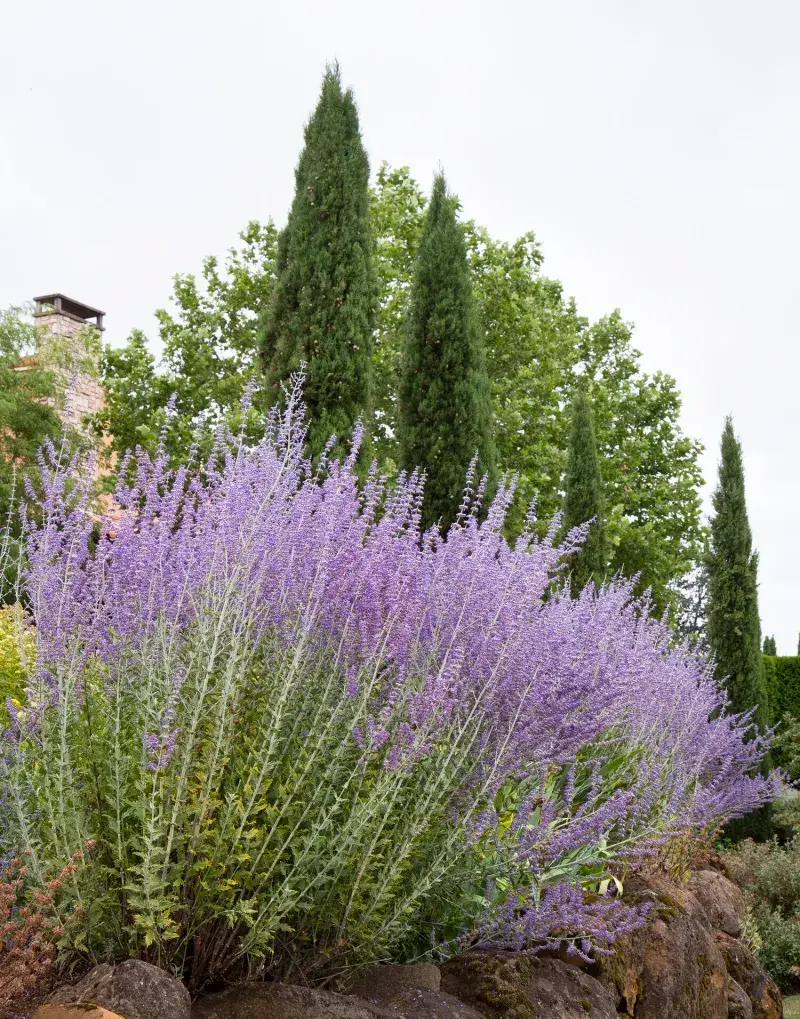
Russian sage, with its silvery foliage and lavender-blue flower spikes, is a visual delight. This plant thrives in full sun and poor soil, making it perfect for drought-prone areas. Its airy texture adds movement and softness to any landscape.
Originally from Central Asia, Russian sage has adapted well to various climates worldwide. It’s not only about beauty; the plant’s scent deters deer and pests, providing an organic solution to garden challenges. Its resilience and ethereal appearance make it a standout in any dry garden.
Ice Plant
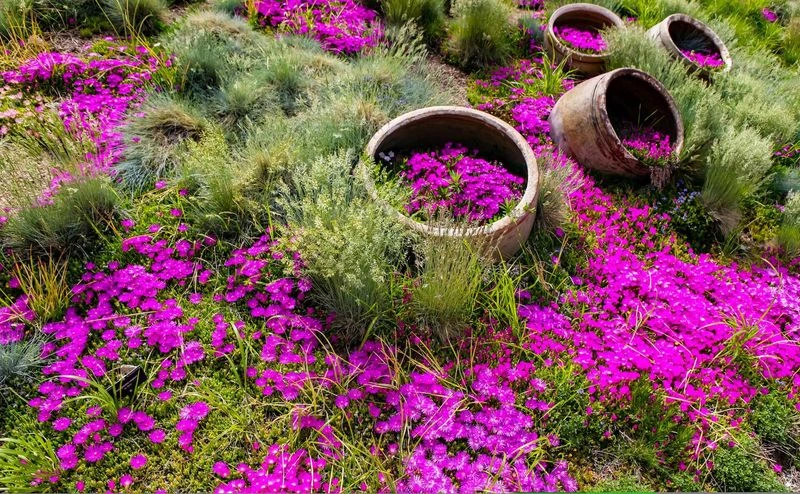
The ice plant dazzles with its vibrant flowers that blanket the ground in color. Native to South Africa, this succulent thrives in sandy, dry conditions. Its name comes from the shimmering appearance of its leaves, which resemble tiny ice crystals.
Ice plants are perfect for sunny slopes or rock gardens, requiring minimal water to flourish. Their ability to thrive in poor soil makes them a go-to for challenging landscapes. These plants bring life and color where other plants may fail, embodying the spirit of drought-resistant beauty.
Rosemary
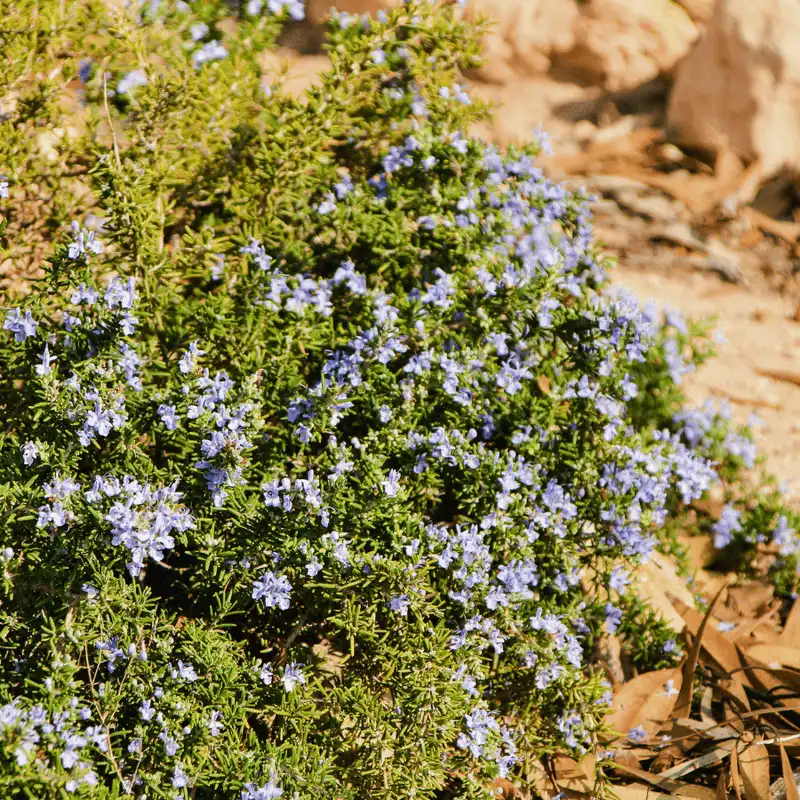
Rosemary is both a culinary treasure and a resilient garden plant. Its needle-like leaves offer a robust flavor, perfect for enhancing Mediterranean dishes. Beyond the kitchen, rosemary’s evergreen nature adds year-round interest to gardens.
This herb thrives in sunny spots with well-drained soil, enduring long dry spells with ease. Rosemary’s historical significance is vast, from ancient Greek ceremonies to modern-day kitchens. Its dual role as a flavor enhancer and a drought-resistant plant makes rosemary invaluable in sustainable gardens.
Bougainvillea
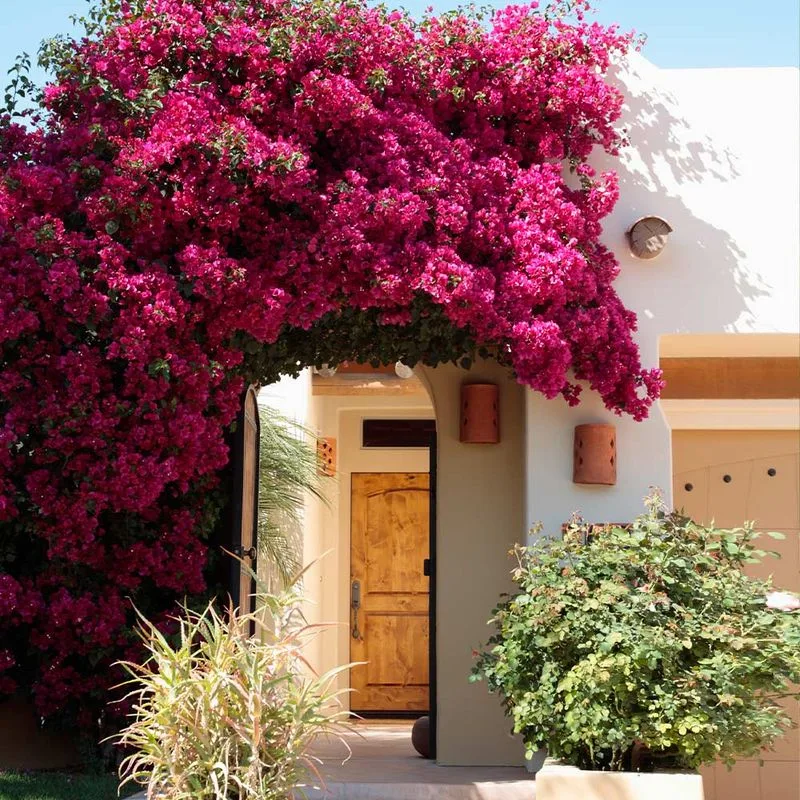
Bougainvillea, with its vivid bracts, transforms gardens into kaleidoscopic displays. Originating from South America, this plant thrives in hot, arid environments, requiring minimal water once established.
Its climbing nature is perfect for covering walls and fences, adding vertical interest to landscapes. Beyond beauty, bougainvillea serves as a natural privacy screen, making it functional as well. This plant’s vibrant colors and drought tolerance make it a favorite for gardeners seeking both aesthetics and sustainability.

